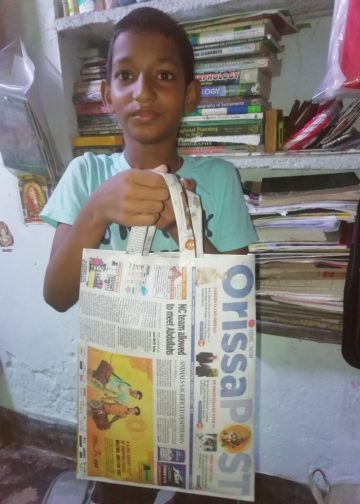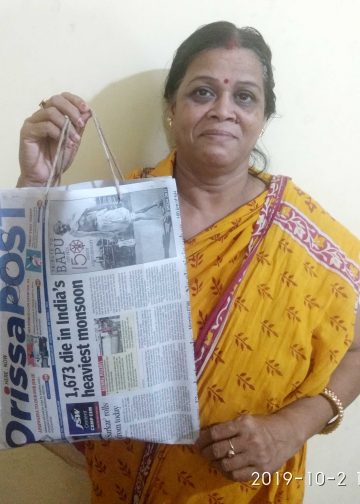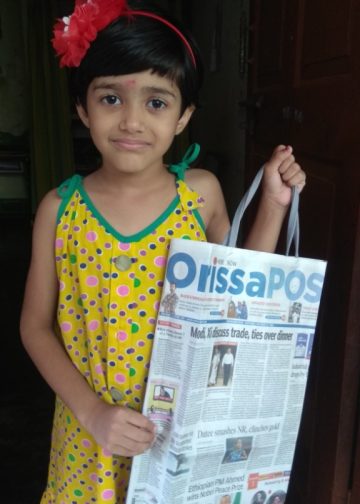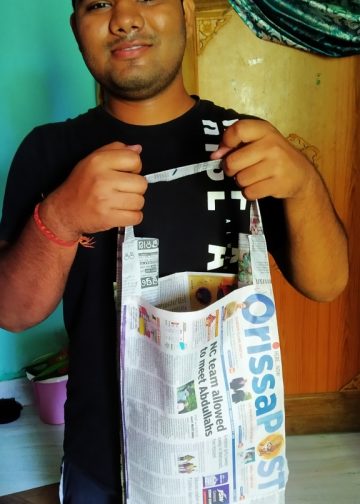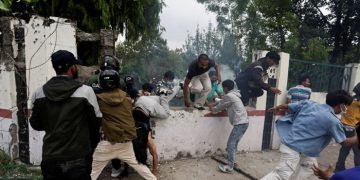EDITORIAL
A 75 basis points (bps) rate cut by RBI this year has not translated itself to a buoyancy in the ground level business environment. The credit offtake scenario of banks continues to remain as sluggish and gloomy as they used to be. Falling demand in rural areas has already squeezed the economy, putting a drag on economic growth. The GDP does not show any promise of a claw-up, no matter what the government would have people to believe by way of dressing up the figures. The demand shrinkage has negatively impinged on the capacity utilisation of plants. This has been mainly due to a demand dissipation in the country amid the overarching global slump.
The three rate cuts by RBI this year have failed to convince banks to pass on the benefits to customers. The cut in prime lending rates by most banks has been only perfunctory. The tough-talk by Governor Rajan and the lame advice by the Centre have not cut much ice with the bankers who have chosen to move away from their responsibilities on one alibi or the other. Market leader SBI should take the lead, but it has not done much on this count.
The worries owing to a deficient monsoon this year have added to the economic woes of people. The eastern region of the country, which would have already received the pre-monsoon showers by this time of the season, has already felt the pinch. In Orissa, where sowing starts on ‘Akshaya Trutiya’, which came over 15 days ago, farmers have been desperately looking up to the sky for the seeds to germinate. Lack of rain has raised the possibility of destruction of seeds before they sprout. If monsoon does not arrive in the next couple of days, farmers may have to go for repeat sowing. International rating agency Moody’s, in its investors’ service report earlier this month, said India will have a negative credit rating because of the monsoon deficiency.
One will not grudge this as most of the arable land in the country is monsoon dependent and a deficit in rain will have a negative bearing on the foodgrains output. This will jack up food prices and skew the now-positive inflation scenario.
Compared to most western countries, food prices in India are rising exponentially. Food accounts for as much as 50 per cent of the total annual income of an average Indian. If food turns out to be more costly in the days to come, monthly budgets of families will go up. This will drag the GDP growth since farm sector accounts for 17 to 18 per cent of the GDP. Agriculture output went up by a ridiculous 0.2 per cent in 2014 following a deficit monsoon. The year before, the growth was 3.7 per cent. If the trend continues, GDP numbers will continue to remain as sluggish as it is now, if not worse.
The monsoon mantra for the government is to quickly chart an emergency plan to tackle the social and economic consequences of a possible drought. In the near-term, it should put together an action plan to help the farmers with a support system and fallback mechanism to bail them out. This could well be the toughest test for the one-year-old Narendra Modi government. If the forecast proves true, India could be facing the 12th worst drought since 1950 and the fourth drought-like situation in a row. Already buffeted by unseasonal rain during the rabi season, this would spell further trouble during the kharif cycle. This could also lead to a food shortage in the country and will have a cascading effect on the prices of agricultural commodities. That will leave little room for the inflation-obsessed RBI to effect future rate cuts.
The situation looks gloomy now, and may worsen if the government does not take proactive measures to mitigate sufferings. The Centre and the state government will have to go beyond mere mitigation issues and work out a long-term plan in a holistic matter to optimize the groundwater potential.







